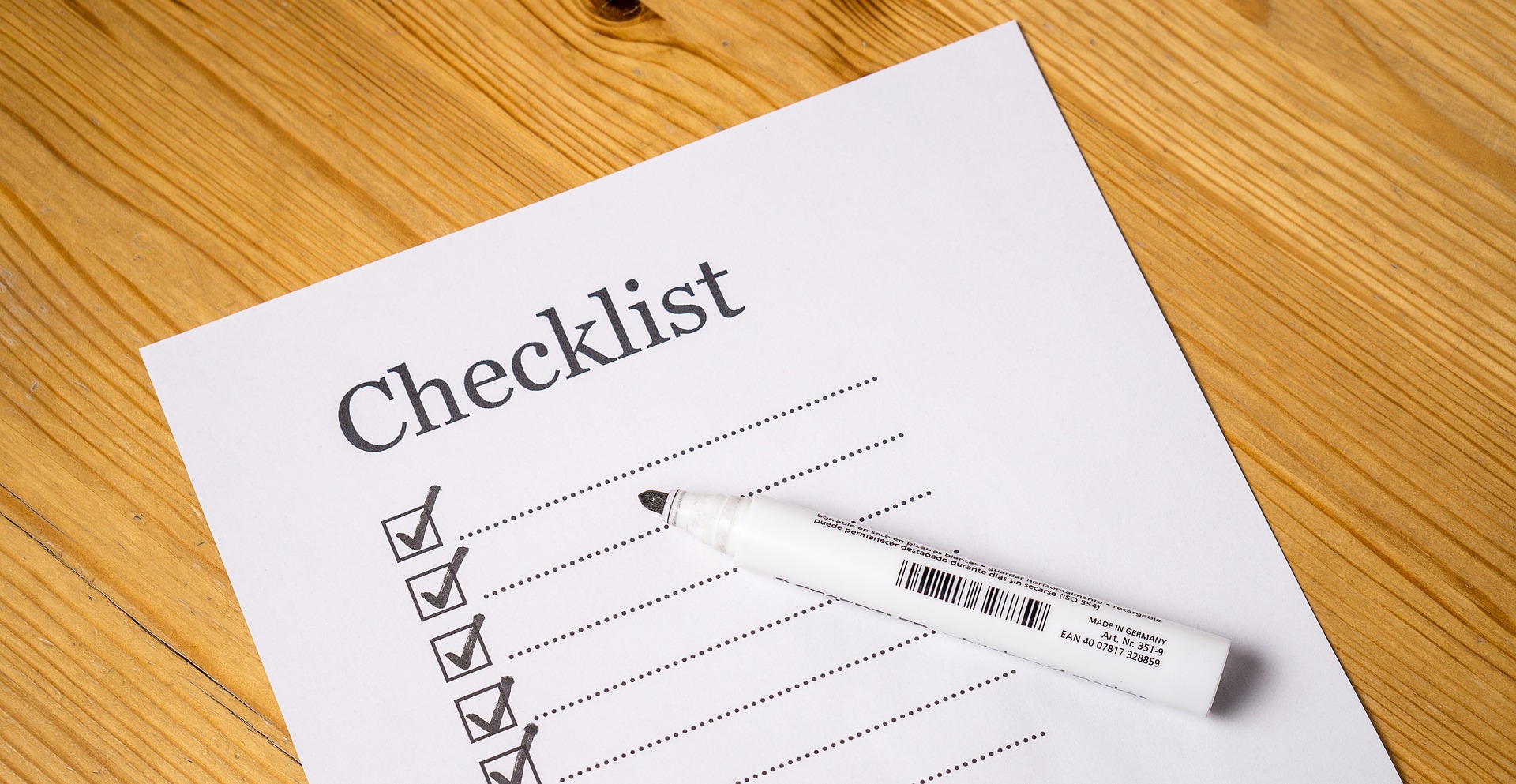This page was archived on June 27, 2021 and will not be updated. Refer to this article for up-to-date information.
When you first become a client of High Level Wealth Management, there is some initial work required to get you up and running. After setting up your client portal, we’ll start the process of creating your first financial plan, assessing your investment risk profile, considering your insurance needs, and ultimately developing an action plan that outlines the steps needed to achieve your financial goals.
To start working on your financial plan, we’ll need a variety of documents and pieces of information from you. Below is a list of items we will want to review during your first planning meeting. The list is fairly long but not all of the items will apply to you. The more information you can provide, the more comprehensive your financial plan will be, but don’t stress over tracking down every single item on the list. We can always add in more information to your plan when you have it. Our philosophy is that financial planning is an ongoing process, and we will work to refine your plan over time as your circumstances change and as more information becomes available.
If you have any of the below items in digital format, the best way to share them is using the “My Dropbox” folder that is accessible from within the Financial Planning project in your client portal. For paper records, please bring the physical document with you to your first planning meeting.
To reduce the amount of information you need to collect, you can grant us read-only access to your account information at the Canada Revenue Agency (CRA). This consent gives us access to things like your prior tax returns, your notices of assessment, and your RRSP/TFSA contribution history. We will discuss this option in more detail at your first planning meeting.
People
Basic information about you:
Additional information required only if utilizing investment, insurance, or tax services:
Income
Employment income
Pension and retirement income
Other income
Savings & Investments
If possible, provide a recent statement for each account showing the financial institution, account type, holdings, and market values.
Bank accounts and savings products
Investment accounts
Contribution/withdrawal history for registered accounts
Property
Details of any property you own
Debt
Details of any debt you owe including amount outstanding, interest rate, payment frequency
Insurance
Details of any personally-owned insurance policies
Details of any group insurance policies
Expenses
To create a more comprehensive financial plan, we’ll need information about your household expenses. If you aren’t sure how much you typically spend, we can still create a plan based on the factors you do know.
Other Documents
If you have the following documents available, they will be helpful in creating a more comprehensive financial plan.
Tax documents
Financial planning documents
Legal documents
We don’t typically need to see the contents of your legal documents, but it is helpful to know whether they exist or not.
If you made it this far in the list, congratulations! While collecting all of this information isn’t the most exciting undertaking, it will go a long way to improving the quality of your financial plan.
If you have any questions about the items in the list don’t hesitate to contact us and if you identify additional documents which are not listed above but which you think should be incorporated into your financial plan, please include them. The more information we have about you, the more comprehensive your financial plan will be.
For clients with more complicated financial planning needs, we may require additional information as outlined in the sections below.
Corporations
If you are a shareholder of a private corporation, we’ll need additional information.
Trusts
If you are the settlor, trustee, or beneficiary of any trusts, we’ll need additional information.
